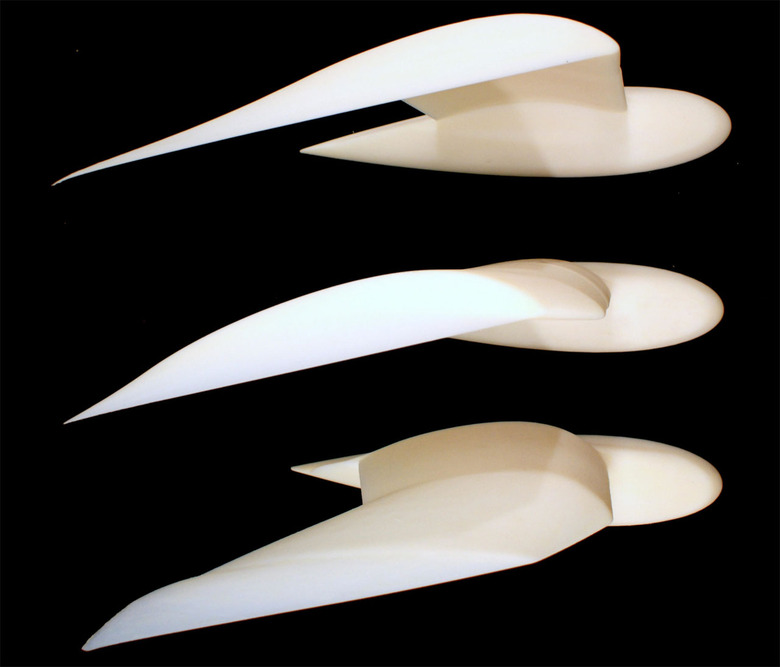New Wing Design Could Help Aircraft Be More Stable In Windy Conditions
Researchers from the University of Michigan have developed 3D morphing wings they believe could help small aircraft safely navigate windy urban streets. The wing design could also help aircraft land with shorter approaches. The wings designed by engineers at the University of Michigan can vary their shape as freely as birds wings and could have advantages for small aircraft in urban environments.
One big benefit of the new wing design is that 3D morphing wings can accomplish a wide variety of tasks. Only two joints are required to give the wings a wide range of control, making the design promising for aircraft. Engineers based the design on a bird's wings because birds can outmaneuver even the most advanced similar-sized drones.

The team admits that making UAVs with morphing wings is a difficult proposition. Often, any attempt at making bird-like wings for an aircraft results in only rough emulations with few surfaces on each wing. One of the most interesting aspects of the research being performed is that team says it is realizing how much is unknown about avian gliding and learning how much improvement can be made to aircraft motivated by what is learned from birds.
Researchers on the project say they're able to contribute to both understanding avian flight and UAV design. Computer simulations are being used to look for advantages of 3D morphing wings. Studies ran through all shapes gulls are known to make with their wings while gliding using combinations of "elbow" and "wrist" positions. The accuracy of the simulations was later confirmed using wind tunnels and 3D printed models.
One of the biggest benefits of 3D wing morphing is stability during gusts of wind. Birds are believed to be able to maintain orientation and altitude despite being hit with stiff breezes. Stability in wind is crucial in smaller UAVs often operated on windy city streets with more hazards than conventional aircraft face. The team has shown that only two joints in the wing can help control an aircraft in a variety of maneuvers, and they are continuing to explore if they can engineer a wing able to achieve 3D morphing.
